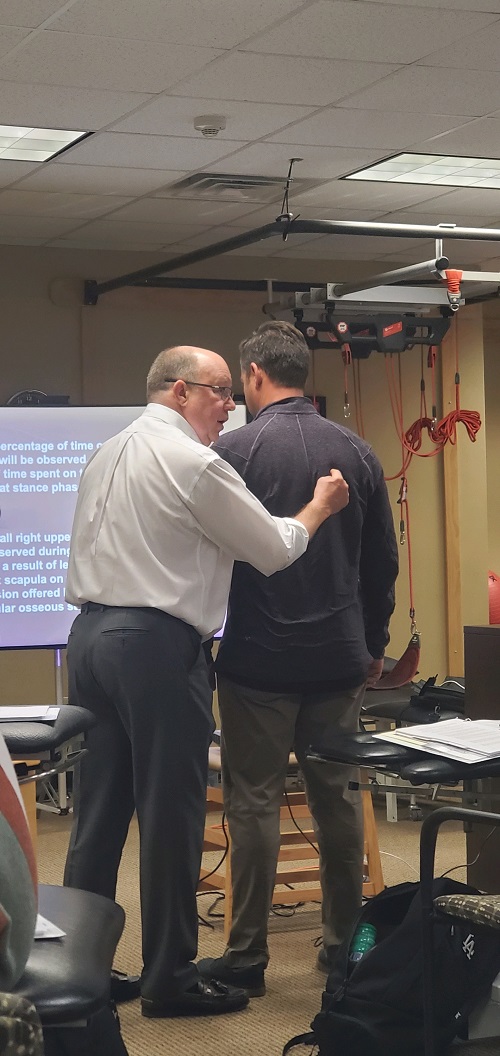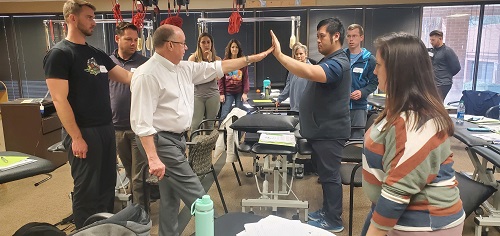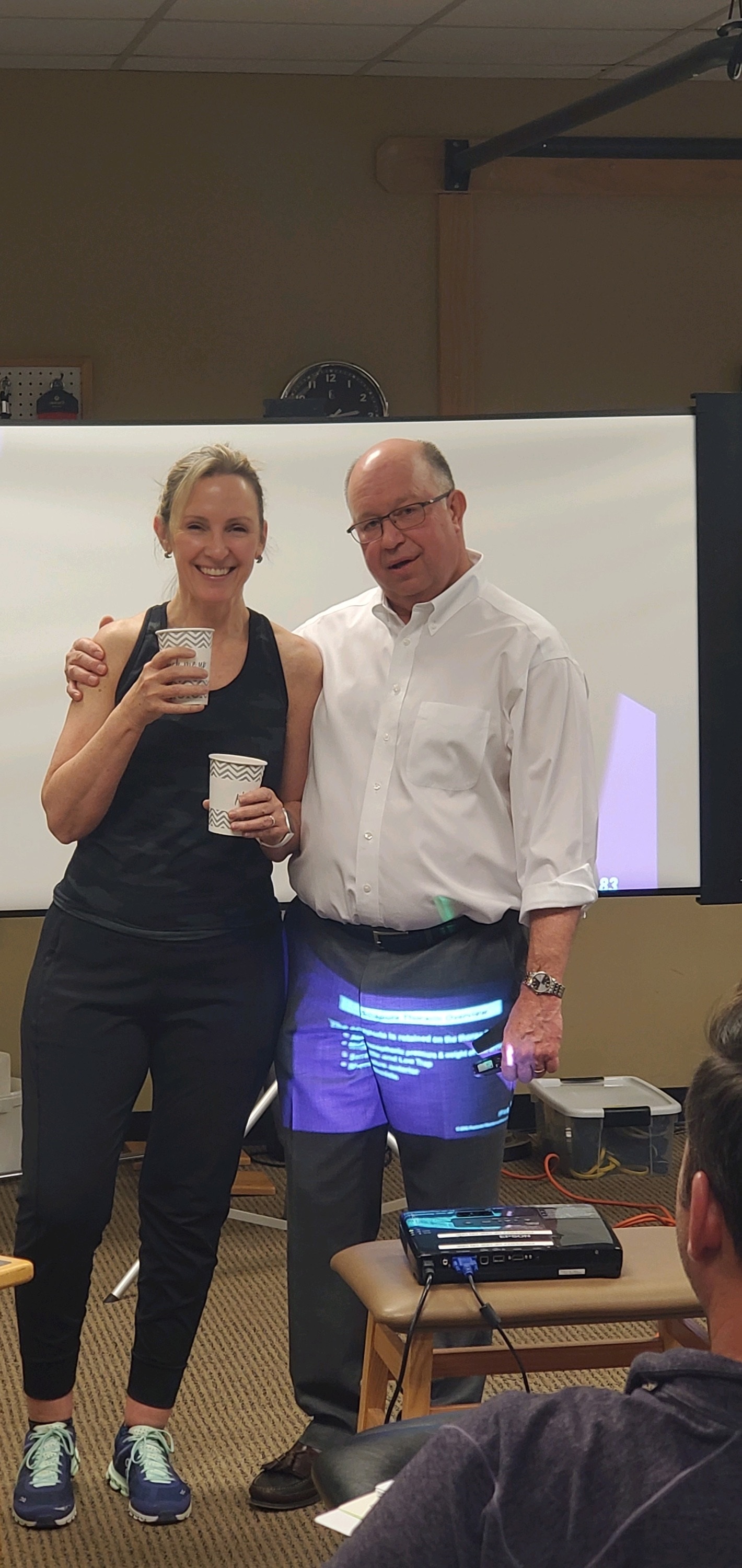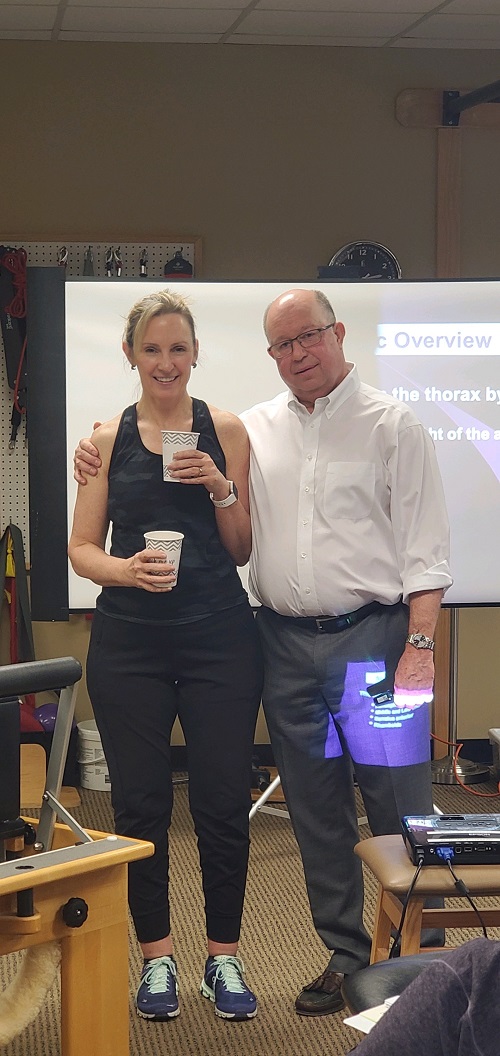Dominant cortical behavior and function as related to human bias and behavior has always been a strong interest, and passion of mine. In 2007 I wrote and compiled a course entitled ‘Impingement and Instability’ to begin a journey with those who have interest in the gifts of contact and oscillation. Four tabs were selected based on their importance in corporeal-sense, hemispheric influence, and biased lateralized behavior. Interaction of calcaneus, femur, hip/pelvis, and scapula anatomy through our extrapyramidal system is critical for reflexes, forward locomotor motion, complex dominant driven function and postural control. This has always been an ‘extrapyramidal’ based course. However, after thirteen years of presentation, I feel the Institute is at a great place to incorporate the significance of pressure, pronation, and push as it relates to these sites of interactive referenced modulated motor activity.



The extent of our creativity and capriciousness depends on both our soul and the soles we use to develop behavioral patterns associated with confidence built off of integrating contralateral, hemispheric and bio-tensegrity input. I was so excited this last weekend to discuss how we are regulated by self-regulating pressure of the scapula to capitalize on our ability to perform with things that push, propel and please us. The ground developed, directed and designed our anatomical behavior, while the earth’s gravity gave us the security to defend, offend and create without loss of life. This updated course has not really taken on a new course of direction, but definitely will take those, who attend, into dimensions never before looked at or addressed in the manner they are now presented and applied, with evidence that was not considered when addressing the reasoning for symptomology related to feet and hand haptics.

The re-assurance from the wonderful feedback I received after this course, re-assured me that the PRI nation is ready for the importance of variable femoral and scapula instability, and associated counterpart contralateral stability, as related to the metric embracement of calcaneal and pelvis impingement that directs and orchestrates the possible disharmony and dysfunction associated with pre-patterned forward locomotor movement. Thank you One on One Physical Therapy for hosting another PRI course. You all were so gracious with your time, support and assistance. Karen Warren PT, MPT, OCS, ATC the coffee was great from both cups, even when you lifted the left hand with the cup in it and your body’s mass moved to the right, (LAIC, RBC coffee). Dan Houglum MSPT, ATC/L, PRC, Jennifer Smart DPT,PRC and Michael DuBois DPT, OCS, TDN, CS USPHS/HIS provided so much insight and instructional feedback, thank you.




